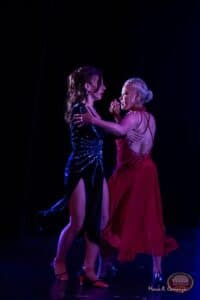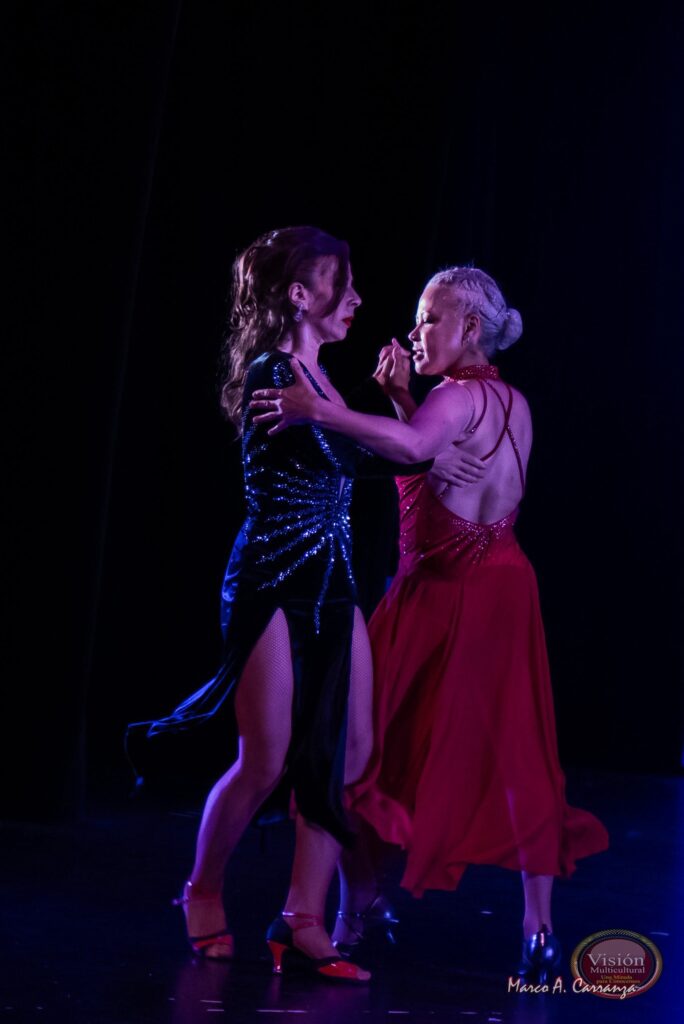
Yesterday, my teacher, Tango dancer extraordinaire, introduced me to Candombe Tango. I was blown away! It is a very different type of Argentine Tango, while still remaining true to the Argentine Tango form. While the Argentine Tango that is most commonly seen is solemn, intense and slower, the Candombe Tango is bright, rhythmic and lighthearted, with heavy use of percussion drums. I had to move in a different way that I had become accustomed to with Tango, but still maintain proper Tango technique.
The history of Candombe, and of Tango in general, is long and complex and dates to the mid 1800s, and even earlier for Candombe. In fact Candombe is considered to have contributed to the genesis of Tango. Candombe is a dance style that originated in Uraguay from the descendants of liberated African slaves. The word means ‘pertaining to blacks’ in Kikongo/Kongo language (a Bantu language spoken by the Kongo people living in the Democratic Republic Congo, Gabon, and Angola). In Uruguay and other latin American countries, including Argentina, Candombe blended multiple African dance traditions with European influences into a complex choreography.
In 2009, the United Nations Educational, Scientific and Cultural Organization (UNESCO) inscribed Candombe in its Representative List of the Intangible Cultural Heritage of Humanity.


2 Responses
I used to dance Argentine Tango quite a bit 30 years ago back in San Jose, but hardly at all since I moved to Santa Barbara 10 years ago. I’ve always enjoyed dancing Tango Milonga better than straight Tango as it moves faster with more rhythmic steps and to me it’s just more fun! I’ve never danced Candombe style, but it seems to take Milonga a step further by adding a little latin styling. I watch a lot of dance videos on Youtube, and there are some great demos of Candombe, one of my favorites with Milonga Master Omar Vega, and here is a link to a fantastic one (Tango Negro);
https://www.youtube.com/watch?v=1VRj8m84Qls
I’m looking forward to learning Candombe, the rhythm and the movements really appeal to me. I’m also hoping that it will take my Tango dancing to a different level since the weight transfer is faster but you still need to use the same technique.